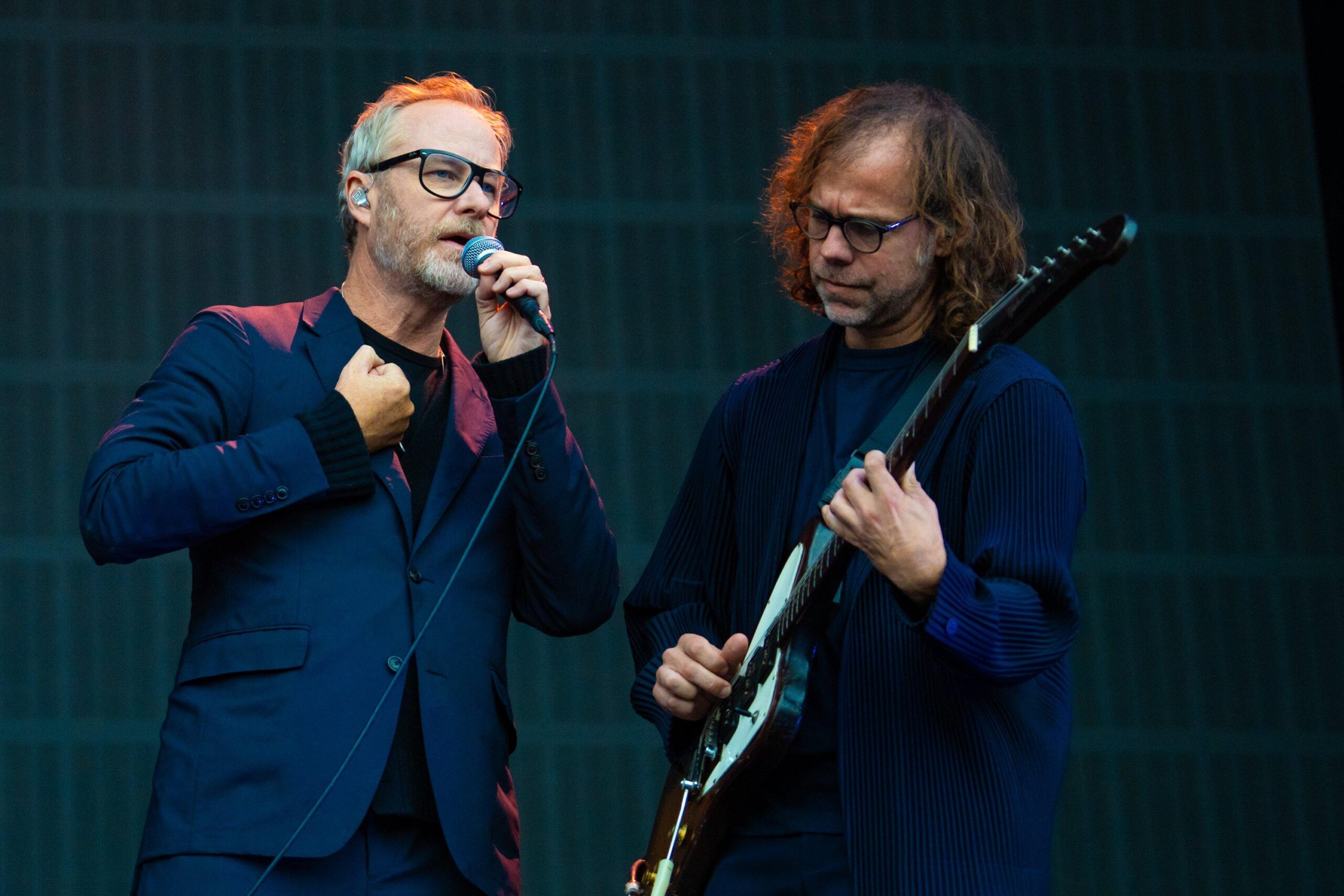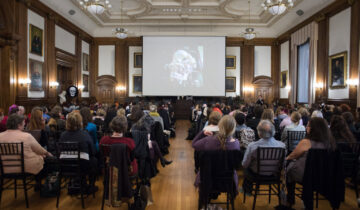Picture this: newspapers tranform themselves into multimedia “information centers” where, instead of reporters covering beats, readers and users help provide content that focuses more on local, community issues.

Gannett, USA Today’s publisher, is picturing it right now, according to THIS article.
So, is this forward-thinking, progressive, community-oriented, citizen journalism in the making? Or is this a flashy new business plan with catchy buzzwords? Does this empower readers and users to become citizen journalists — and thus improve and expand their newspapers and Web sites — or fool readers and users into working for the paper for free?




my colleague says “look on the positive side” and assume that “crowdsourcing” will get more under-represented folks into the news.
Under-represented or under-skilled?
Basically, this is one of the signs of the death of the newspaper industry. Why wait for the morning edition when the news event happened at 3 a.m. and is already all over the internet and 24hr television outlets? Why read the editorial page when there are 10x as many blogs and opinionated comment pages?
Not to mention the fact that more and more people are realizing the consolidation of news media under the giant, few corporations means diversity of viewpoint and true journalism is lost amid the cowtowing to advertisers.
However, just like when other Old Guard entities attempt to address the 18-34 demographic by emulation, they fail miserably. This will as well. Fact-checking will be extremely difficult. Quality will suffer. Readership will continue to decline – especially as more and more citizens adopt RSS feeds and other up-to-the-minute tech.
My dad is convinced that newspapers are dead in the water as well. I don’t know that I’m convinced of that, though. Folks back in the day said that radio — and then television — would be the death of newspapers, but that didn’t happen.
One thing the Wired article points out is the new categories of news: instead of “metro” and “sports,” we’ll have “data,” “digital” and “community conversation.” I wonder if the 18-34 demographic gives a crap about that.
Keep in mind: television and radio weren’t the death of newspapers because the timing or news back then was still about neck and neck. You had the 6 o’clock news to cover what happened after the morning edition was printed. The morning edition covered what happened after the 6 o’ clock news (or 11 o’ clock news, depending on the decade).
That being said, in recent years the internet has bitten into the ‘reach’ (that’s marketing speak) of television, radio, AND newspaper. We’re talking about a behemoth medium that grows at an exponential rate every week.
Trust me, this time the death of newspaper is fo’ real.